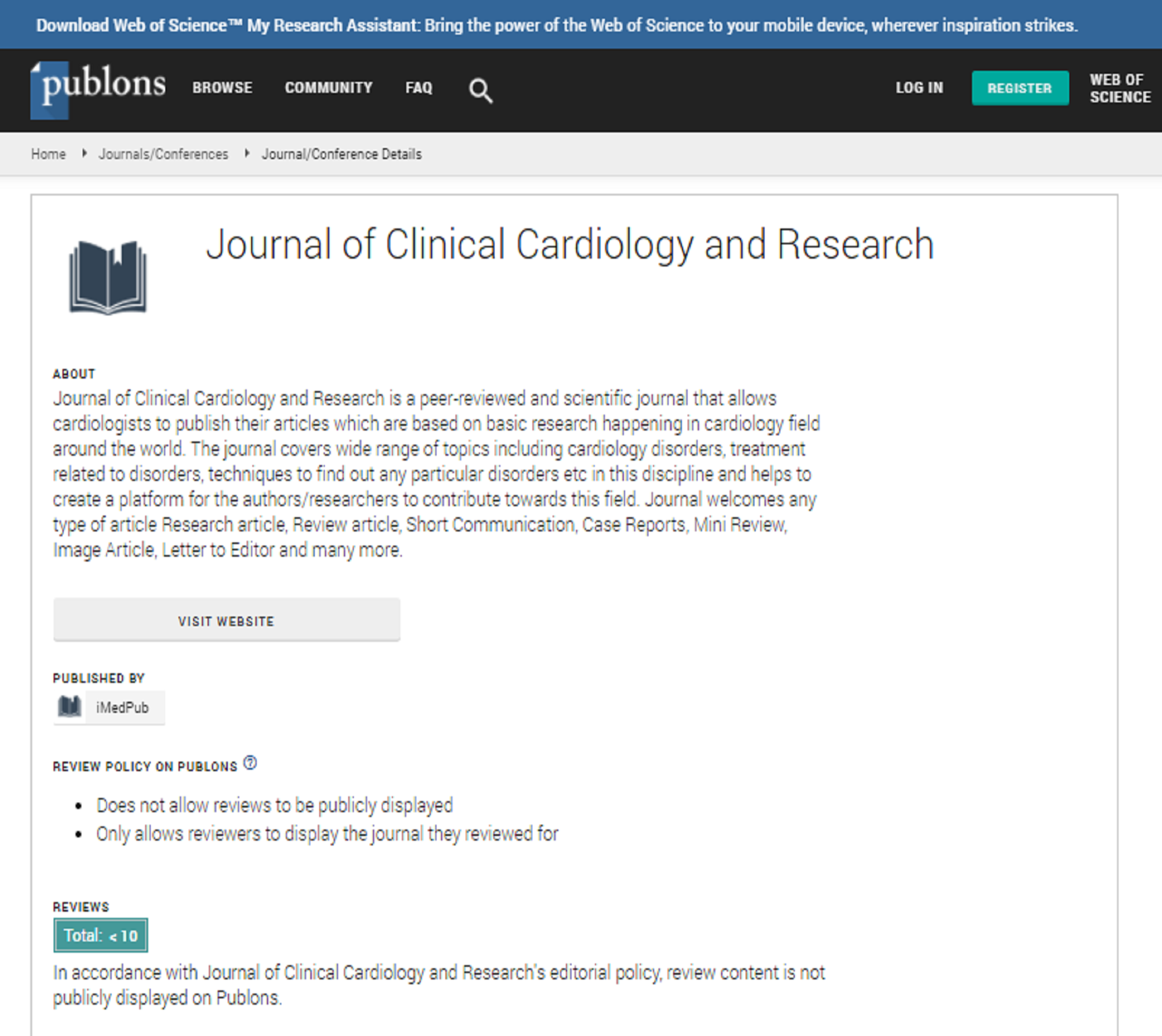Abstract
Development of DNA aptamers against human heart type fatty acid binding protein for early detection of acute myocardial infarction
Cardiovascular diseases are the single greatest cause of adult mortality globally, constituting about 31% of all global deaths. Detection of cardiovascular diseases has thus emerged as not only a social and clinical issue but also as an economic one. The current investigation is centered on the development of specific aptamers against human heart type fatty acid binding protein (FABP3), a novel early marker for detection of acute myocardial infarction (AMI). It also encompasses the detection of FABP3 using the developed aptamers on a specially designed paper based microfluidic device (µPAD). Two ss DNA aptamers, N13 and N53 were isolated through Systematic Evolution of Ligands by Exponential Enrichment (SELEX) against human heart-type fatty acid binding-protein (FABP3). The aptamers bound to FABP3 with dissociation constants 0.0743±0.0142 µM and 0.3337±0.1485 µM, respectively. The aptamers displayed stable behavior at different pH, temperature and ionic strength. Considering the large sizes of the aptamers, limited proteolysis of the aptamer-protein complex was performed to map the amino acids involved in binding, which was then used to screen docked structures. The N13 led interaction with stronger affinity, involving more salt bridges and fewer hydrogen bonds, whereas N53 had less number of salt bridges with higher number of hydrogen and hydrophobic interactions. The greater footprint of N53 incited synergistic conformational changes in N53 and FABP3 leading to decrease in binding affinity during the recognition. Nucleic acid aptamers are nucleic acid species (next-gen antibody mimics) having selectivity at par of antibodies for a given target generated via in-vitro selection or equivalently, SELEX (systematic evolution of ligands by exponential enrichment) ranging from small entities such as heavy metal ions to large entities like cells
Acute myocardial infarction is one of the leading causes of death in
on the molecular level, aptamers bind to its cognate target through various non-covalent interactions viz., electrostatic interactions, hydrophobic interactions, and induced fitting.
The developed world. The prevalence of the disease approaches three million people worldwide, with more than one million deaths in the United States annually. Acute myocardial infarction can be divided into two categories, non-ST-segment elevation MI (NSTEMI) and ST-The aptamers so developed and characterized were then used to detect FABP3 on a paper based microfluidic device designed for the same with leak proof property and low cost. An aptamer modified gold nanoparticle aggregation assay was used as the Yes/No format for the detection of FABP3 with a minimum detection limit of 54 ng per ml.
Memoir:
Pranab Goswami has completed his PhD degree from Gauhati University during 1994. From 1991 to 2002, he was a Scientist at CSIR, India. He was a BOYSCAST
Fellow of DST, India at University of Massachusetts, Boston. He has joined IIT Guwahati in 2002 and became Professor in 2009. He was the Founder Head of CIF
Centre during 2004 to 2006 and Head, Biotechnology Department during 2006 to 2009 at IIT Guwahati. Currently he is the Head of Energy Centre at IIT Guwahati.
He is working in the field of biosensors with focus on developing novel bio recognition system for various diagnostic applications.
Author(s): Pranab Goswami and Ankana Kakoti
Abstract | PDF
Share This Article
Google Scholar citation report
Journal of Clinical Cardiology and Research peer review process verified at publons
Abstracted/Indexed in
- Google Scholar
- Publons
Open Access Journals
- Aquaculture & Veterinary Science
- Chemistry & Chemical Sciences
- Clinical Sciences
- Engineering
- General Science
- Genetics & Molecular Biology
- Health Care & Nursing
- Immunology & Microbiology
- Materials Science
- Mathematics & Physics
- Medical Sciences
- Neurology & Psychiatry
- Oncology & Cancer Science
- Pharmaceutical Sciences

